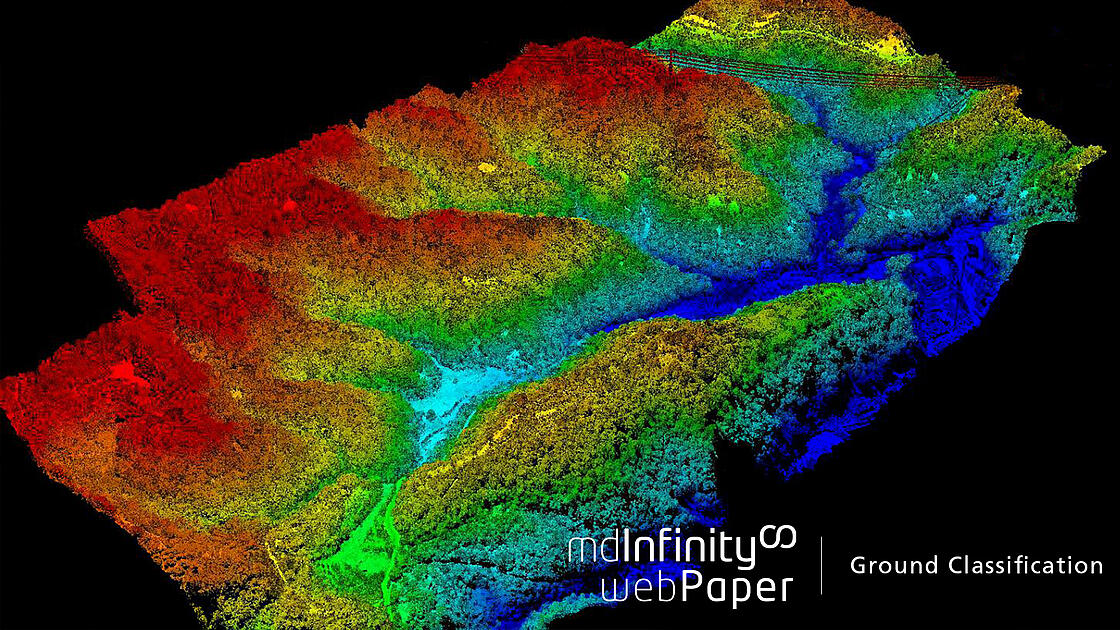
However, that is beyond the scope of this example. You can also select the optimal number of points based on empirical analysis.

A value of 1024 provides a good tradeoff between these two facets. One heuristic is to choose enough points to adequately capture the shape of the objects while not increasing the computational cost by processing too many points. _ _ _ _ _īecause of the large amount of intra-class and inter-class variability in the number of points per class, choosing a value that fits all classes is difficult. The data set has 100 labeled objects from 14 different categories, such as car, pedestrian, and bus.Ĭlasses numObservations minPointCount maxPointCount meanPointCount This data set provides a collection of point cloud data acquired from an urban environment using a lidar sensor. This example trains a PointNet classifier on the Sydney Urban Objects data set created by the University of Sydney. One of the seminal deep learning techniques for point cloud classification is PointNet. Deep learning techniques have been shown to address many of these challenges by learning robust feature representations directly from point cloud data. However, training robust classifiers with point cloud data is challenging because of the sparsity of data per object, object occlusions, and sensor noise.

For example, discriminating vehicles from pedestrians is critical for planning the path of an autonomous vehicle. These sensors capture 3-D position information about objects in a scene, which is useful for many applications in autonomous driving and augmented reality. Point cloud data is acquired by a variety of sensors, such as lidar, radar, and depth cameras.

This example shows how to train a PointNet network for point cloud classification.


 0 kommentar(er)
0 kommentar(er)
